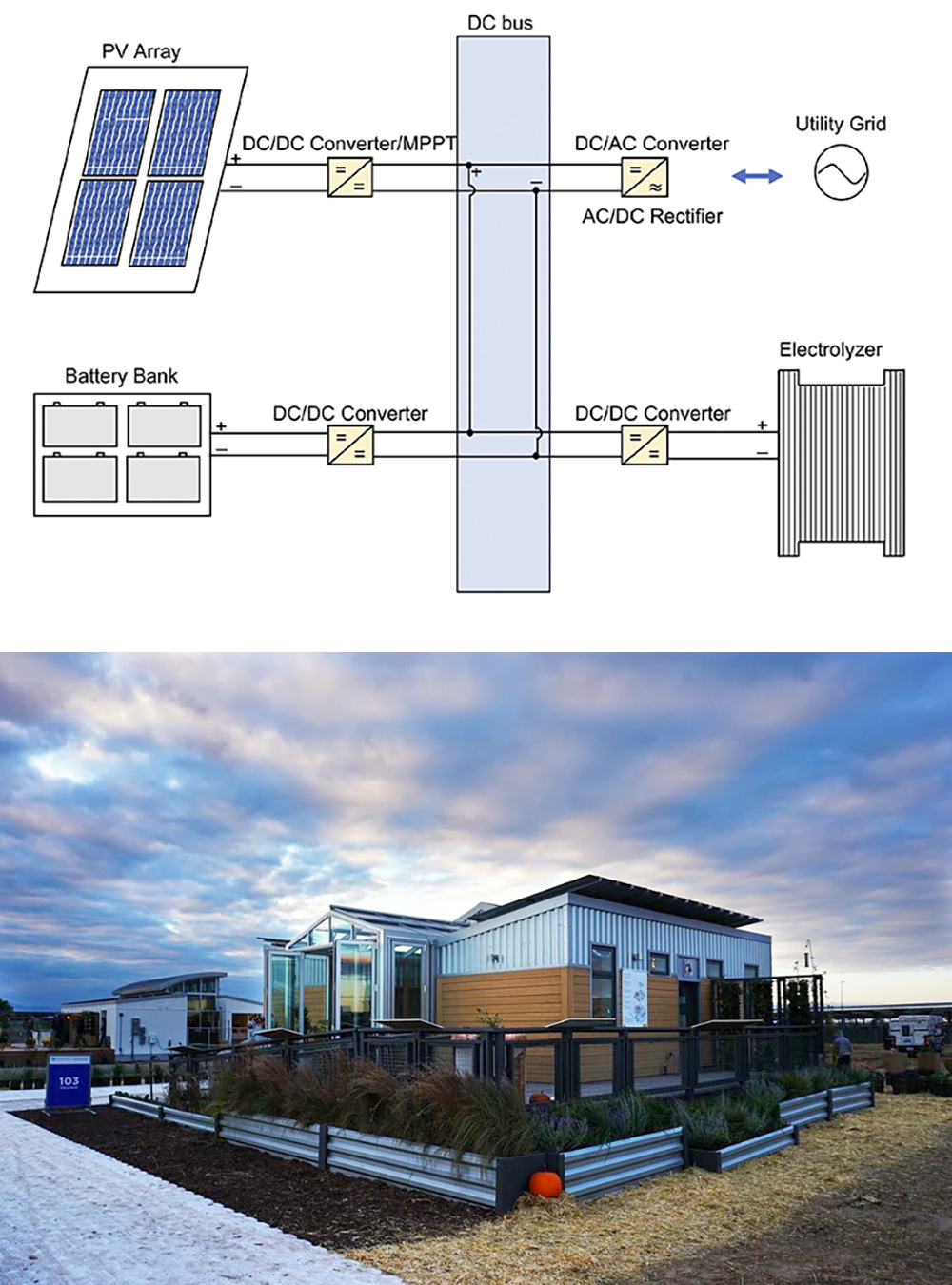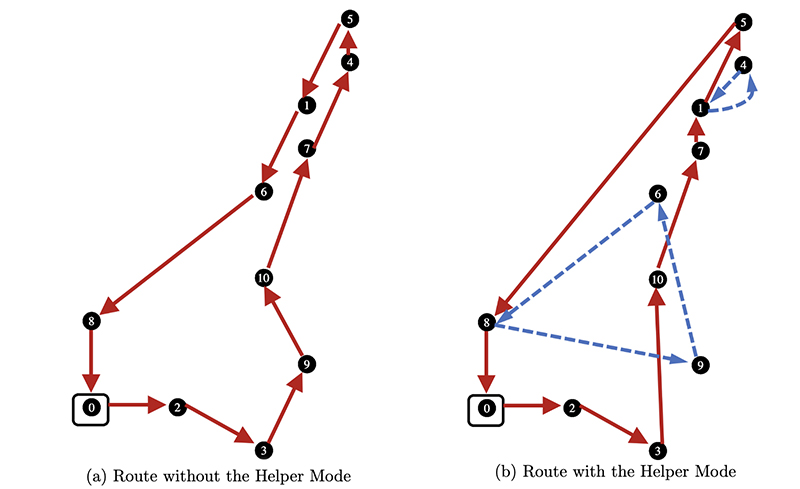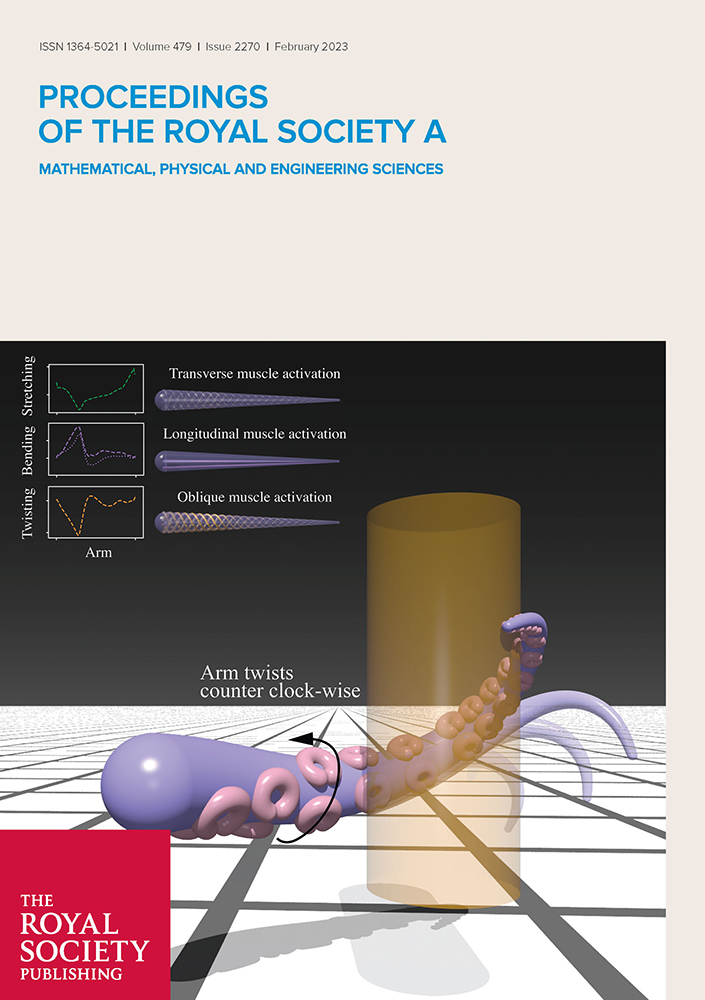News Story
New model can help decisionmakers planning to retrofit buildings for energy efficiency
A new paper written by a Clark School alumnus, faculty member, and a Finnish colleague presents an approach to modeling the most efficient way to implement energy conservation in buildings. The paper has been published in the July 14, 2020 issue of the journal Energy Systems.
“Risk‑based, multistage stochastic energy project selection” was written by alumnus Billy Champion (Civil Systems Ph.D. 2016); his former advisor, ISR-affiliated Professor Steven Gabriel (ME); and Ahti Salo of the Aalto University School of Science, Aalto, Finland.
Starting in 2009, the U.S. Congress has required federal agencies to enhance their efforts towards sustainable buildings and communities. Agencies must implement high performance, sustainable federal building design, construction, operation and management, maintenance, and deconstruction. All new federal buildings entering the design phase in 2020 or later are designed to achieve zero net energy by 2030. In addition, in 2015, Congress set a goal to maintain federal leadership in sustainability and greenhouse gas emission reductions by building energy conservation, efficiency, and management into federal buildings, reducing energy intensity measured in BTU/SF (British thermal units/square foot) by 2.5% annually through the year 2025.
Achieving better energy conservation in existing buildings through undertaking retrofit projects can be viewed as a series of investments with annual returns that can be used to fund additional projects. However, ignoring fluctuating energy costs and the resulting uncertainty in estimated savings when planning for energy conservation can severely impact project selection and initial budget requests. In turn, these impacts will drive returns and influence the ability to implement future projects.
This paper demonstrates how a risk-based, stochastic multi-period model with binary decision variables at each stage can provide federal agencies with a much more accurate estimate for planning than traditional and deterministic models. The approach accounts for uncertainties while determining the proper budget request that minimizes risk of the worst outcomes. The practical application shows that agencies can adjust their risk appetites and make more cost-effective selections while considering the energy saving uncertainties.
The application of stochastic optimization with the inclusion of risk to an important energy conservation problem is key. While most portfolio selection and optimization problems seek to choose a proper mix of securities or projects, all must be selected here, making timing the key selection criteria.
The model has usefulness for any public buildings in regions with similar energy conservation goals—either in the United States or internationally. In addition, private owners of buildings who are under mandates to conserve energy can benefit from the model’s insights.
Published July 22, 2020









